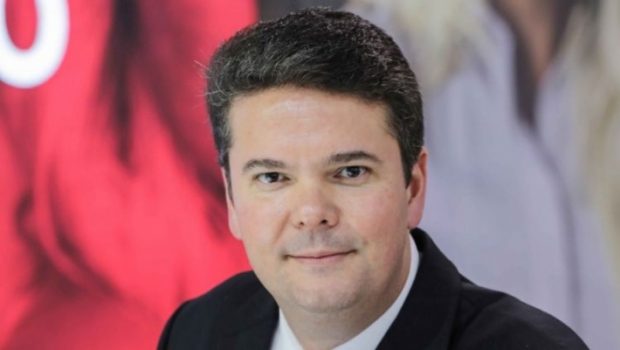Gustavo Freitas. PHOTO: DISCLOSURE
2020 was an atypical year for any business. In franchises, the sector also felt the impact of the pandemic, but it gradually recovered. According to the Brazilian Franchise Association (ABF), in July, the loss of income for the month was only 7.2% compared to the same period last year. I say “only” because that figure was almost 50% in the previous months.
But not all segments felt the effects of the pandemic so strongly; on the contrary, they even grew up in the face of difficulties. This is the case with optical networks. Some numbers and conditions can explain this. According to the World Health Organization (WHO), an estimated 35% of the world’s population suffers from myopia. That number will rise to 52% by 2050, according to the organization. Spending a lot of time looking at smartphone and television screens is one explanation for this outbreak. In other words, it is a health problem with a greater demand every year.
Another favorable point for optical networks in 2020 was the fact that they were considered “essential services” due to the restrictions of the pandemic. As has been perceived in recent years, the population’s search for ocular health is increasingly recurrent and optics plays an important role in this context.
With that, they were able to keep their doors open, serve, sell, while other businesses had to quickly adapt to delivery and e-commerce. Not that optics has gone through these adaptations. In contrast, some networks still promote home care service today (within WHO-guided safety standards), which was developed at the beginning of the pandemic: the merchant goes to the customer’s home to perform the service. In fact, many franchisees saw this practice as another way to sell and serve the population.
Although the Brazilian Association of Optical Industries (Abióptica) has not yet published its 2020 revenues, we can get an idea of the performance of the segment from the results already presented by some chains. Instead of reducing the number of units in the face of the economic crisis, they increased expansion. Some even broke the record for franchises sold in one year. In the press itself it is possible to find information about brands that won more than 200 new franchise contracts in the middle of a pandemic.
There is also a relevant explanation for this. The vaccination of the population brings health and economic relief to the country, but it is known that this process is slow (even more so in a nation the size of Brazil) and that many countries have faced difficulties in acquiring enough vaccines. In addition, even with vaccination, specialists in the area estimate that we will have to wear a mask, avoid crowds and, eventually, go through new restrictions for another year.
Many entrepreneurs and entrepreneurs are aware of this and are evaluating the possibilities. In this context, optical networks have been presented as a great investment opportunity, since they provide an essential service to the population and, therefore, in the case of a new series of restrictions, they can remain in operation. This line of thinking led to the opening of new units, or at least to having points guaranteed for a future opening.
It was also for this reason that many optical networks saw the number of multiple franchisees increase. The franchisees went through a crisis never imagined and foreseen for our time, and they realized that it was still possible to keep the business running and make money. For this reason, many analyzed the investment income and decided to reinvest it in an optical franchise, even in a period full of uncertainties. Confidence in the business model, promising for decades and based on studies that attest to the population’s pursuit of eye health, has stood out even in an unfavorable scenario for the economy, and the trend is that it will continue to be, with or without a pandemic.
* Gustavo Freitas is Executive Director of Mercadão dos Eyeglasses





